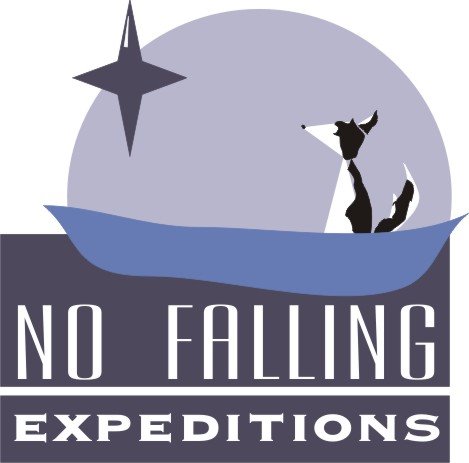Friday, March 21, 2008
Sunday, March 16, 2008
Day 550: Condors and Spitting Llamas and Nature
 One of the many reasons to visit the highlands of Peru is the opportunity to view one of the largest bird species on the planet. Unlike the nearly extinct California condor, this species has multiple strongholds throughout the Andes.
One of the many reasons to visit the highlands of Peru is the opportunity to view one of the largest bird species on the planet. Unlike the nearly extinct California condor, this species has multiple strongholds throughout the Andes. This guy looked like Ringo with his mop top.
This guy looked like Ringo with his mop top.  Surly suri alpaca who spit at me (see below)
Surly suri alpaca who spit at me (see below) Like many animals I met during famed Mustache March, the Surly Suri alpaca didn't dig the facial styles. It's been snipped, grandma, don't worry.
Like many animals I met during famed Mustache March, the Surly Suri alpaca didn't dig the facial styles. It's been snipped, grandma, don't worry. Mmmm, a cactus in flower.
Mmmm, a cactus in flower.Saturday, March 08, 2008
Thursday, March 06, 2008
Day 540: Earthquake Relief Work in Canete
Six months following the 8.9 scale earthquake, the coastal region of Peru most affected is still reeling from the devastation. We helped for two weeks, offering 5 health fairs to groups of families (about 150 people) who are receiving composting letrines from CARE International. We also accompanied CARE employees on house visits and donation campaigns, distributing plastic goods for cooking and storing water. In six months, CARE built over 6,000 letrines in the region. Other international relief efforts are present in abundance, but it seems the national government is still developing an appropriate response, including replacing sewage systems and schools. It was a powerful emotional and educational experience. Our hearts go out to the people reconstructing their lives.
 Lib and Mustache man facilitating an engaging and educational game of homemade jeopardy with questions focused on health and letrine maintenance.
Lib and Mustache man facilitating an engaging and educational game of homemade jeopardy with questions focused on health and letrine maintenance. Two boys standing alongside an irrigation ditch and in front of a open-bottomed letrine that falls directly over the canal.
Two boys standing alongside an irrigation ditch and in front of a open-bottomed letrine that falls directly over the canal. Six months after the quake, people are still living in the temporary relief tarps donated by other countries like the United States, Europe and Chile. All the adobe structures were decimated, so many people are saving up to rebuild with brick and cement (one of many reasons for the delay).
Six months after the quake, people are still living in the temporary relief tarps donated by other countries like the United States, Europe and Chile. All the adobe structures were decimated, so many people are saving up to rebuild with brick and cement (one of many reasons for the delay). Letrines built by CARE are located on whatever land families have available, often alongside diary cows (a primary source of income besides laboring on cotton, yucca, feed corn, artichoke or asparagus fields).
Letrines built by CARE are located on whatever land families have available, often alongside diary cows (a primary source of income besides laboring on cotton, yucca, feed corn, artichoke or asparagus fields). Ella Ewart, our Peace Corps colleague, is sitting with an Andean immigrant who is originally from Ayacucho. She spoke little spanish, preferring her native form of Quechua. Like many, she immigrated to the coast as a teenager in search of work. She labors on large farms owned by the wealthy, planting, weeding and harvesting export crops she doesn't even know how to prepare. After decades of work with artichoke, she inquiried how to consume the plant. Mindblowing, really.
Ella Ewart, our Peace Corps colleague, is sitting with an Andean immigrant who is originally from Ayacucho. She spoke little spanish, preferring her native form of Quechua. Like many, she immigrated to the coast as a teenager in search of work. She labors on large farms owned by the wealthy, planting, weeding and harvesting export crops she doesn't even know how to prepare. After decades of work with artichoke, she inquiried how to consume the plant. Mindblowing, really.














 Lib and lots of Franklin's gulls, among other wonderous seaside species.
Lib and lots of Franklin's gulls, among other wonderous seaside species. 

